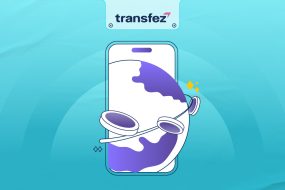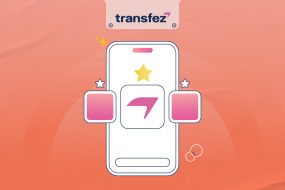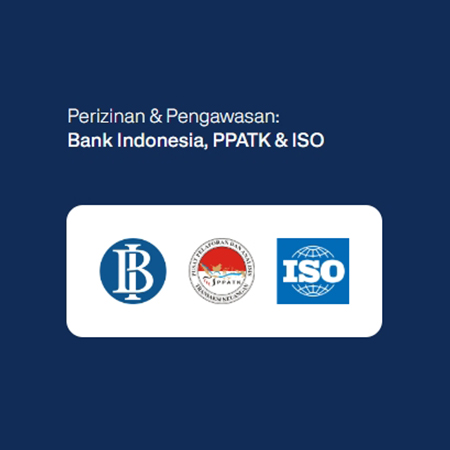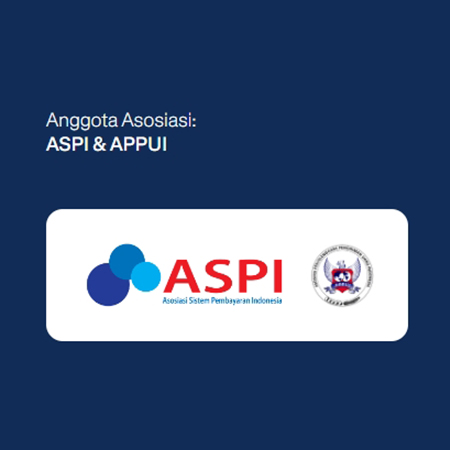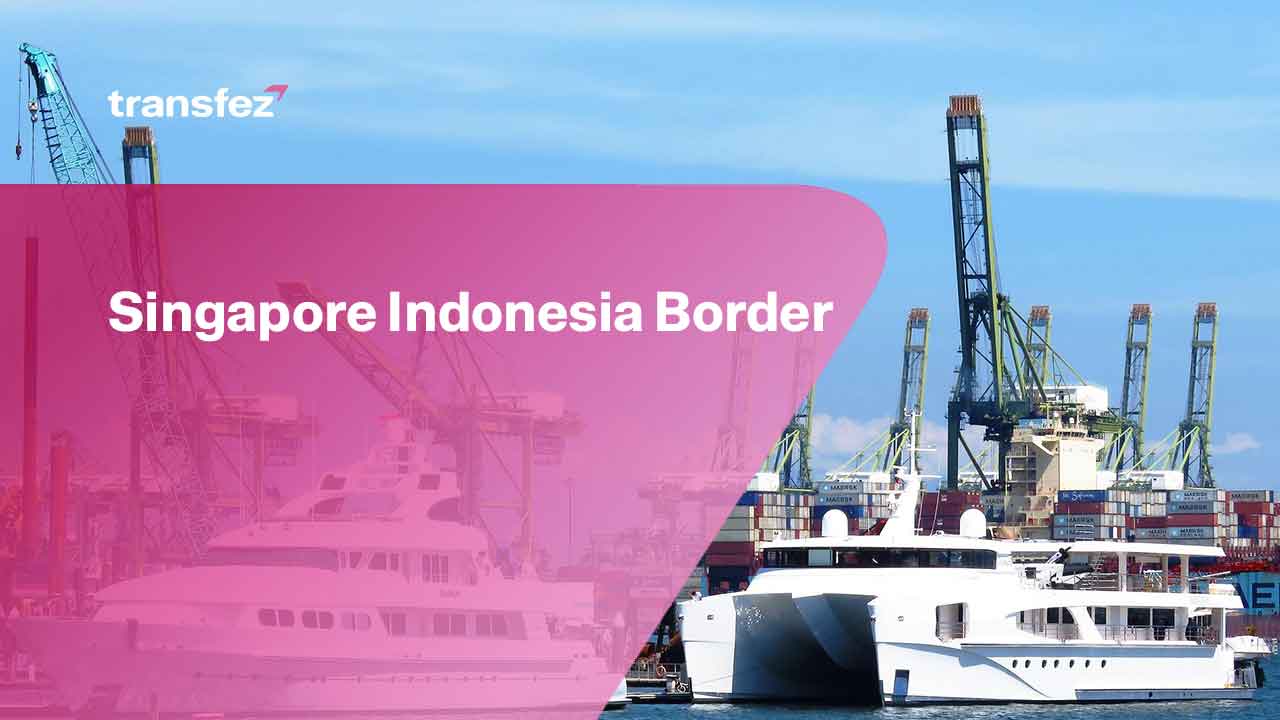
Singapore Indonesia Border Line is marked by a sea border in the Singapore Strait. To the south of the border are the Riau Islands in Indonesia and to the north are the islands of Singapore. As the main route to Singapore’s ports, the Singapore Strait is one of the busiest waterways in the region.
Only a small part of the sea borders of the two countries have been identified. Malaysia may have to help other parties, especially those easts of the line, as Malaysia also has territorial waters in the region.
History of Singapore Indonesia Border Line
The Singapore Indonesia Border Line was created as part of a treaty between Great Britain and the Netherlands in 1824. The treaty divided the Malay Archipelago into spheres of influence for each colonial power.
This line serves as the foundation for the Singapore Strait’s present boundaries. The British were in charge of the front line’s northern sector, which they ultimately settled, while the Dutch were in charge of the front line’s southern sector. Singapore was left alone at the time because it was already a British colony.
Following the Dutch East Indies’ takeover, Singapore’s colonies and independent Indonesia were separated by this line, which later served as the border between British Malaya and the Dutch East Indies.
This boundary became a part of the maritime border between Indonesia and Malaysia when Singapore joined the Federation of Malaya on September 16, 1963, and stayed there until August 1965. After that, it became its state on August 9, 1965. Currently, Singapore is in charge of the Flight Information Region (FIR) in the Riau Islands. This is comparable to another instance where one nation is in charge of another nation’s FIR.
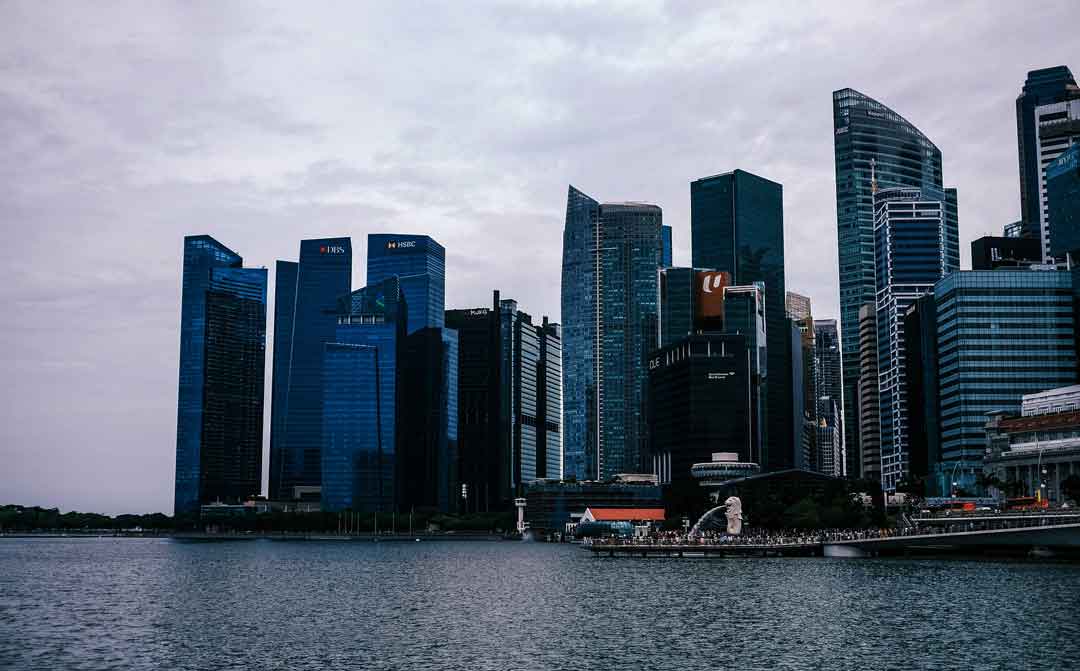
Agreement On Singapore Indonesia Border Line
Indonesia and Singapore signed a treaty establishing the boundary of the sea area between Indonesia and the Republic of Singapore in the Singapore Strait on May 25, 1973. This treaty stipulates that the boundaries of the common territorial sea include a series of straight lines connecting six-coordinate points at sea.
On March 10, 2009, in Jakarta, Indonesia, the Republic of Indonesia and the Republic of Singapore signed an agreement that established the two nations’ territorial maritime limits in the western section of the Singapore Strait. From point 1 (where it was established in 1973) to point 1C (where it is now), the common sea boundary was pushed west by 12.1 km as a result of the pact that Hassan Wirajuda and George Yeo signed.
The agreement came into force when Indonesian Foreign Minister Marty Natalegawa and Singapore Foreign Minister George Yeo exchanged ratification instruments on August 31, 2010, in Singapore. The new western terminal, point 1C, was supposed to be close to triple points for Indonesia, Malaysia, and Singapore, but it was not a triple point. Indonesia, Malaysia, and Singapore should continue to discuss where their maritime borders meet.
See Video How To Easily Send Money to 50+ Countries
Border Lists
The 2009 expansion used the base point of Nipah Island in Indonesia and the Betting Sultan in Singapore which is mostly surrounded by built-up land. This is important from a regulatory point of view as it shows that Singapore Indonesia Border does not want to use reclaimed beaches as a base. Singapore also recognizes Indonesia’s baseline, one of which is Nipah Island, as well as the baseline, which is drawn based on the archipelago. This is also important for Indonesia.
Singapore Indonesia Boundary Line Determination
The “western segment” of Indonesia’s border with Singapore will be established with the signing of the Maritime Delimitation Agreement 2009, except the distance between the new western terminus and the three future western border sites of Indonesia, Malaysia, and Singapore.
Negotiations between the three nations should close this final gap. As they depend on the creation of a maritime boundary between Indonesia and Malaysia in the southern portion of the Malacca Strait and the remaining sea boundary between Malaysia and Singapore in the western half of Singapore, these negotiations are unlikely to take place anytime soon.
Because it is situated in the eastern portion of the Singapore Strait between Singapore and the Riau Islands in Indonesia, the undetermined portion of the eastern boundary of the Singapore Indonesia border line created by the 1973 treaty is referred to as the “Eastern Segment.”
According to Singapore, this stretch will include two sides. The first will link Batam, an Indonesian island, with Singapore, an island off the Changi coast. It would reach from the 1973 agreement’s easternmost point to the intersection of Indonesia, Malaysia, and Singapore.
Send Money Easily to Different Countries
How to Send Money to Hong kong
How to Send Money to China
How to Send Money to Malaysia
How to Send Money to Japan
Ending of Singapore Indonesia Border Issue
Singaporean Foreign Minister George Yeo said that Indonesia and Singapore would start the process of withdrawing the border between Singapore and Batam during a news conference following the exchange of paperwork for confirmation of the 2009 agreement.
Download Transfez App
Transfez App can help you transfer money abroad more quickly and efficiently. Transfez Business can also help your business in making transactions abroad. For those of you who want to send money to relatives who are abroad because they are studying, working, or traveling, Transfez will be ready to help. This app is available on Android as well as iOS.
Malaysia and Singapore are no longer at odds over ownership of Pedra Branca, Middle Rocks, and South Ledge. It has also prompted Malaysia and Singapore to start technical talks to find their common border. The creation of the Singapore Indonesia borderline, will make everything clear. Once passed both countries must abide by the rules of the border. Thus the economic activities of the two countries are maintained and developed properly





